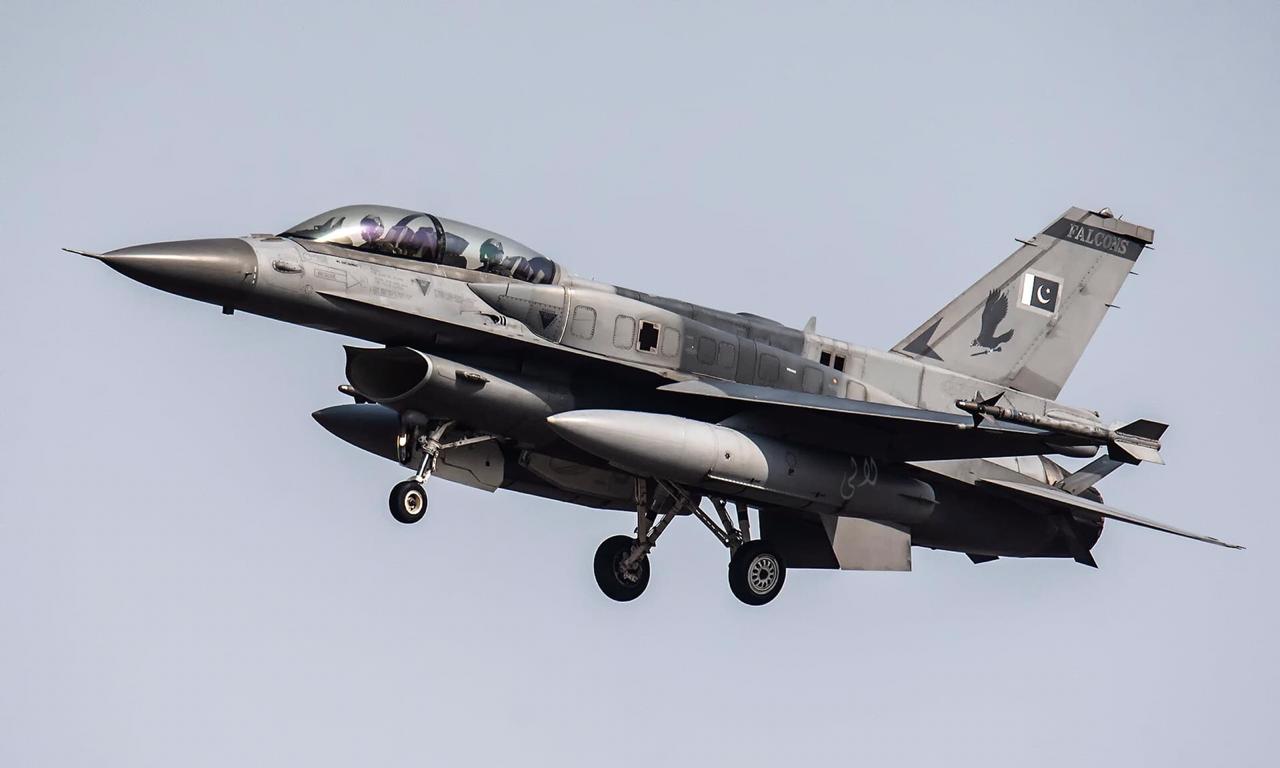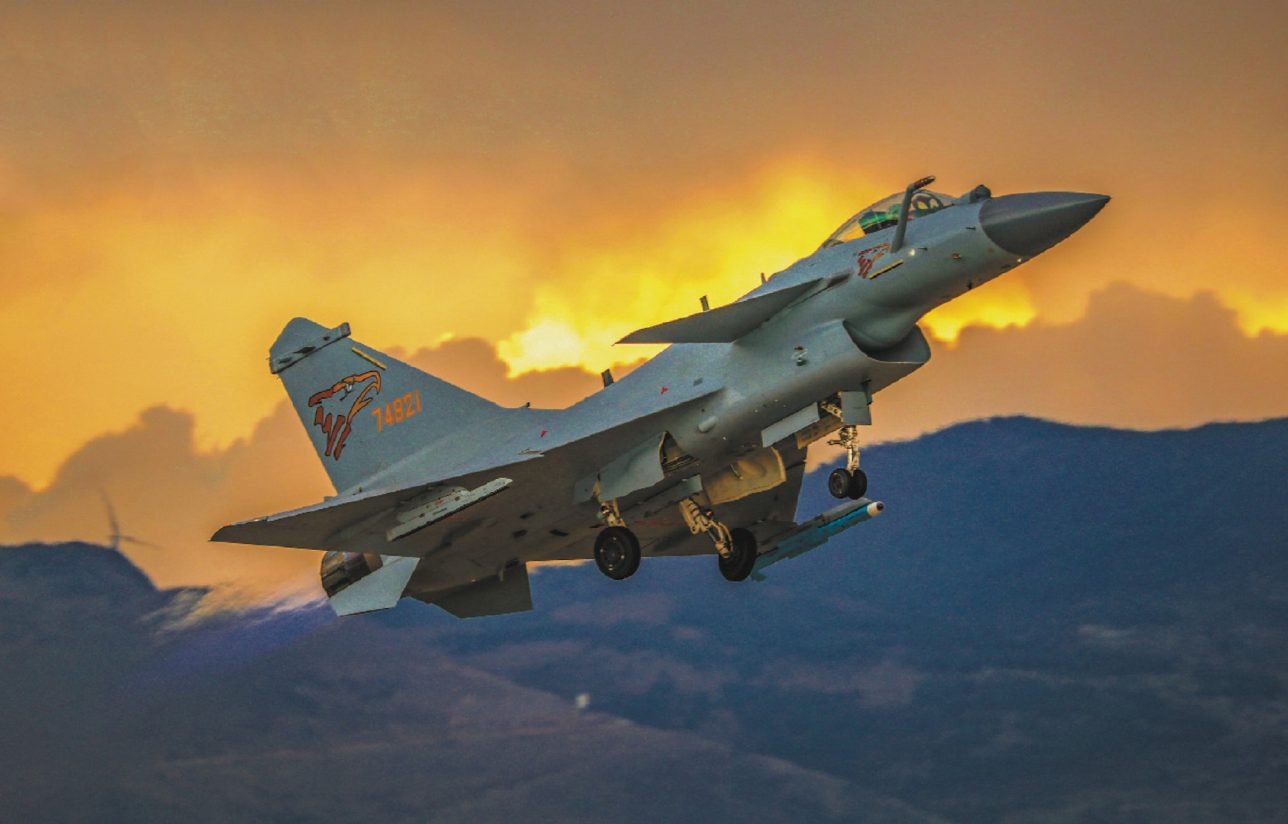After a hiatus of about four years, the US decided to upgrade Pakistan’s F-16 fighter jet fleet. However, its key Indo-Pacific partner India has expressed reservations about the move. The question is, will upgraded F-16 fighters alter the balance of power in the region?
The US Defense Security Cooperation Agency (DSCA) recently informed Congress of the decision to permit the potential sale of the F-16 Case for Sustainment and associated equipment to Pakistan for an estimated price of US$450 million.
The DSCA also notified that the planned transaction would not change the regional military balance and does not involve any new capabilities, weapons, or munitions. However, it has got alarm bells ringing in New Delhi, a key US partner in its strategy to counterbalance China.
The DSCA said in a statement that the sustainment program would assist Pakistan in its campaign against terrorism with a rider that it will not affect the status quo in the region.
Besides the F-16 package, Pakistan’s Air Force (PAF) has recently been boosted by Chinese J-10C aircraft.
Now, military and foreign policy experts are afraid that the F-16 fleet support from the US, which was suspended in 2018 by former President Donald Trump, will aid India’s bitter enemy in challenging the Indian Air Force.
According to media reports, India voiced “serious objections” to the US plan for Foreign Military Sales (FMS) worth $450 million for hardware, software, and spares for the F-16 fighter jet during official meetings with US Assistant Secretary of State Donald Lu in Delhi.

During Lu and his delegation’s visit to the Quad Senior Officials Meeting (SOM), Indian representatives protested the decision at “each and every single” bilateral meeting they attended.
The Biden administration’s decision to reverse the decision of aiding Pakistan coincides with tensions between India and the US over New Delhi’s refusal to join the West in denouncing Russia’s ‘military operation’ in Ukraine.
Will F-16s Threaten The Balance of Power?
Apart from Pakistan, the US has sold F-16s in many countries like Bahrain, Belgium, Egypt, Taiwan, Denmark, Netherlands, Poland, Portugal, Thailand, Turkey, etc. However, South Asia remains a highly volatile region.
The US has been sitting on the sale of F-16s to Turkey based on security concerns in the Mediterranean region, which makes the Pakistan agreement all the more intriguing.
As for South Asia, Pakistan’s F-16s have been in focus since the 2019 Balakot Strike that led the PAF to dispatch the aircraft as part of ‘Operation Swift Retort.’ While New Delhi claimed to have shot down the American-origin fighter jet, Pakistan dismissed the claims as baseless.
EurAsian Times reached out to experts to understand if the F-16’s maintenance and American support for this Pakistani aircraft could change the status quo.
According to IAF Veteran Squadron Leader (retd) Vijainder Thakur, “It is likely that the maintenance support package provided by the US will include upgrades that allow PAF F-16s to carry more advanced weapons and sensors. While I do not believe that the package would significantly alter the balance of power, it will most certainly allow the PAF to maintain its deterrence capability against the IAF.”
There has also been an overarching debate regarding F-16s vs. Rafales in the region. The acquisition of Rafales was seen in Pakistan as an attempt to challenge the F-16’s might and deter the PAF.
General Kizer Tufar, a Pakistani veteran, had said, “IAF aircraft cannot be compared with the combination used by the Pakistani Air Force: F-16 and AIM-120 missiles. The Indian Air Force is aware of these restrictions, so they decided to place an order to buy the Rafale from France.”
MGMP.jpeg)
Rafale fighter jet is a twin-engine, 4.5th generation fighter aircraft that can operate from ground bases and aircraft carriers. On the other hand, the US-based Lockheed Martin developed F-16, a fourth-generation, single-engine supersonic multirole fighter aircraft. The two aircraft are almost similar regarding the dimension of length.
Given that they can carry more armaments than the F-16s, the Rafales would have an advantage in an encounter between the two. However, the F-16s have a slight advantage over the Rafales regarding striking power. Rafales only have a range of 3700 kilometers compared to the F-16s’ 4220 kilometers.
“The US has always relied on Pakistan due to its strategic location as it is the gateway to Afghanistan or the Middle East and Central Asian republics. Its importance as a launch pad can’t be reduced – which Pakistan also is equally aware of. And, in the US, a strong pro-Pakistan lobby benefits due to various deals and aid to Pakistan – they get paid – by corrupt Pakistani officials and Generals.
The present F-16 deal is also to be looked at from that angle. Overall it will not have much impact on IAF except for irritant value. Numerically and qualitatively, IAF is much better placed,” Air Vice Marshal Pranay Sinha (retd) told EurAsian Times.
The US decision comes when arms sales worldwide are booming owing to newer threat perceptions. Western officials have debated how to wean India off its dependence on Russian armament. However, India has refused to join the West in isolating Russia.
Some experts contend that the US decision is based on a business requirement. According to Group Captain Johnson Chacko, KC (retd), “Arms transactions worldwide are business oriented. Money matters. The US has supplied F-16s to Pakistan, so it is honor bound to maintain them.
In addition, the arms industry gets money while Pakistan holds the debt. We cannot reduce it to the F16 vs. Rafale debate, as the men behind the machines matter.
We demonstrated that against USAF in the first COPE India exercise held at Gwalior, where USAF F-15s were overwhelmed by what they felt was inferior Russian aircraft flown by IAF.”
It is pertinent to mention that the Indian Air Force has been undertaking a rapid modernization drive. It is dominated by Russian heavy-duty fighters like the Su-30MKI and MiG-29s, combat-hardened Mirage 2000s and Jaguars, and Light Aircraft like the Tejas, besides the cutting-edge Rafale fighters.

The Pakistan Air Force, on the other hand, is dominated by the F-16s, the brand-new J-10Cs, the JF-17, and Mirages, among others.
Before the J-10C fighters were transferred to Pakistan by China earlier this year, military analysts asserted that the purchase underlined the need to counter India’s Rafale aircraft and provide a strong deterrent against the Indian Air Force.
- Contact the author at sakshi.tiwari9555@gmail.com
- Follow EurAsian Times on Google News




